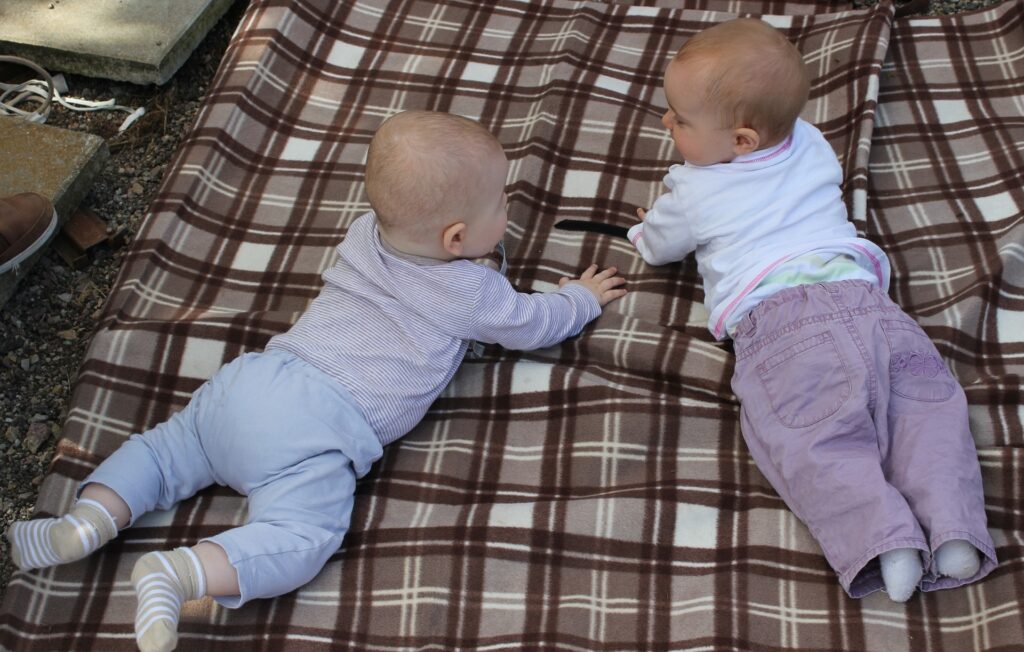Before they even say a word, babies are skilled communicators. Their communication starts the moment they are born, and in order for caretakers to respond effectively, it is essential to comprehend their indications and signals. This piece delves into the complex realm of newborn communication, examining the diverse ways in which babies convey their wants, emotions, and preferences.
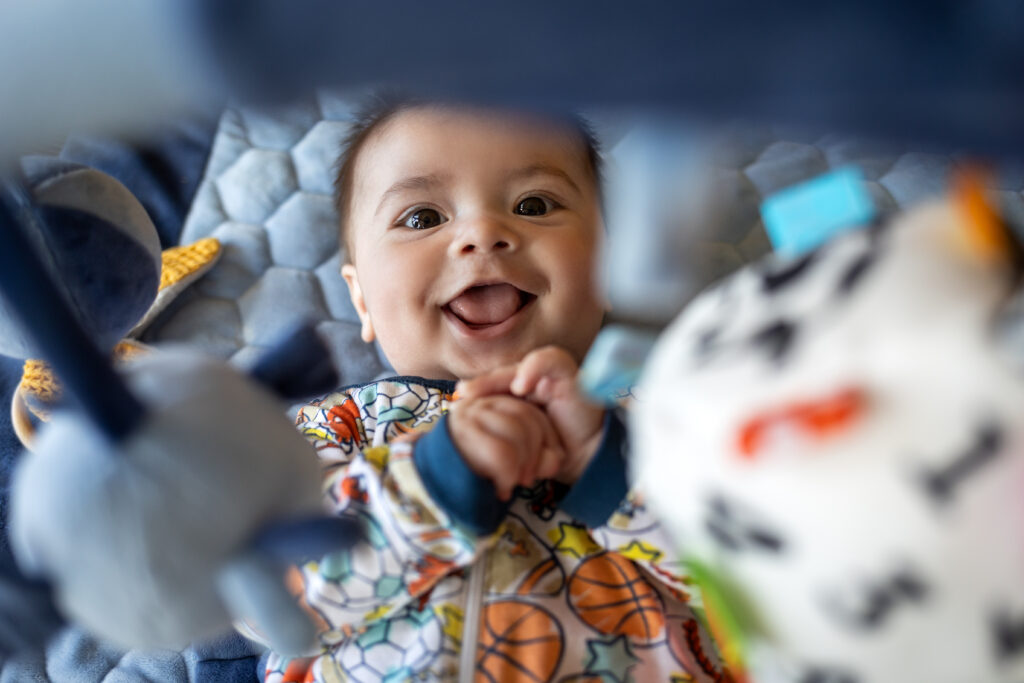
Crying: The All-Understanding Tongue Infants use crying as their main form of communication to express a range of demands and feelings. It is essential for caretakers to comprehend the subtleties of a baby’s cry in order to react appropriately. Various cries have been identified by researchers, and each type of cry is linked to a certain need, such as the demand for attention or to signal hunger, discomfort, pain, or exhaustion. Parents can learn what their infant is attempting to say by closely observing the cry’s pitch, intensity, and rhythm. A cry of agony, on the other hand, might be more quick and strong, whilst a cry of hunger might be more rhythmic and repeating. A baby’s sense of comfort and trust are increased when parents respond to their screams in a timely and suitable manner, which promotes emotional growth and good attachment.
Body Language: Nonverbal Indications Babies use their body language, which includes their facial expressions, gestures, and movements, to convey a multitude of messages. Infants use a variety of facial expressions, including grins, frowns, and pouts, to communicate their demands and feelings from birth. They communicate with their caregivers and convey their wants through movements like reaching, pointing, and waving. Parents who regularly observe their baby’s body language and facial expressions might learn to read these nonverbal signs. For example, a newborn may show distress by stiffening or arching away, whereas satisfaction and engagement are shown by calm body language and open movements. Caregivers can better understand their baby’s needs and respond to them with empathy and sensitivity by paying attention to their body language.
Eye Contact: Forming a Relationship Even in infancy, eye contact is a strong means of communication. Babies communicate their curiosity, seek comfort, and establish a connection with their caretakers through eye contact. Infants show a predilection for faces and are drawn to make eye contact with their caretakers from the very first weeks of life. When you keep your eyes on your baby during interactions, the caregiver-infant bond is strengthened and bonding occurs. Additionally, it offers chances for reciprocal communication because babies frequently grin, coo, or make other vocalizations in response to their caregivers’ gaze. Holding their infant close, speaking gently, and using dramatic facial expressions to draw their attention and promote interaction are all ways that caregivers can improve eye contact with their baby.
Voices: Talking and droning Babies make sounds like cooing, chattering, and squealing long before they utter their first words. These noises are more than just background chatter; they are linguistic building elements. According to research, babies may start experimenting with vocalizations as early as two months of age, using their lips, tongues, and vocal chords to produce a range of sounds. By reacting favorably to their sounds and communicating back to them, caregivers are essential to their baby’s vocal development. Language learning and communication abilities are aided by introducing new sounds and words, having babbling sessions, and mimicking your baby’s vocalizations.
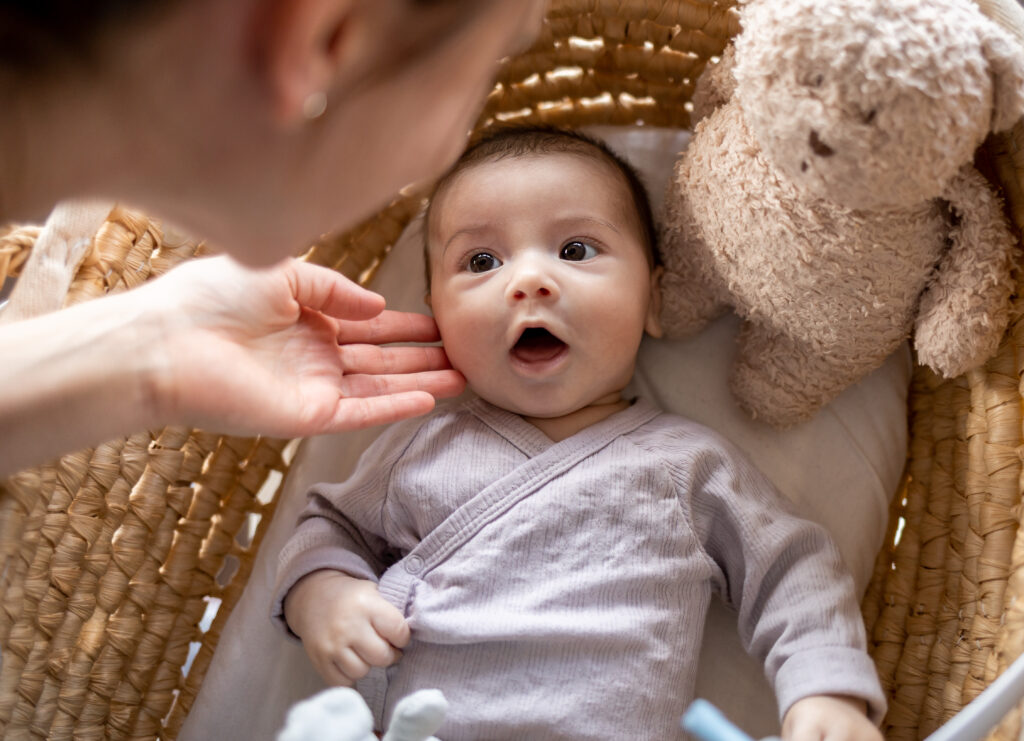
Touch: The Comfort Language Touch is a vital component of baby communication because it gives newborns a sense of security, warmth, and assurance. Physical contact, in the form of reassuring embraces or soft strokes, is essential for fostering connection and controlling emotions. In particular, skin-to-skin contact helps babies and caregivers in several ways, including as controlling body temperature, calming breathing and heart rate, and encouraging breastfeeding. Additionally, studies reveal that kneading and soft stroking are effective massage techniques for calming infants, easing discomfort, and enhancing the quality of their sleep. To promote their baby’s physical and mental wellbeing, caregivers should include regular tactile interactions into their everyday routines, such as carrying, hugging, and light massages.
Adaptive Parenting: Observing Your Child’s Cues A baby’s indications must be carefully observed and interpreted, and their needs must be immediately and appropriately met, according to responsive parenting. Caregivers create a sense of comfort and trust in their newborn by recognizing their cues and responding quickly, which paves the way for a healthy growth. Giving responsive care to babies demands being sensitive, empathic, and adaptable because their needs and signs change constantly. In order to offer their kid a sense of safety, understanding, and value, caregivers should work to establish a loving and supportive atmosphere. In order to foster a sense of security and stability, this entails offering consolation and assurance at trying times, interacting stimulatingly while people are alert, and creating routines that are predictable.
Indices of Weariness and Overstimulation: While babies express their wants and preferences, they can sometimes get tired from too much stimulation or feel overloaded with sensory information. Overstimulation can manifest as fussiness, crying, averting eye contact, turning away from stimuli, or displaying distressed behaviors. Similarly, yawning, rubbing of the eyes, fussiness, or a rise in irritability might be indicators of exhaustion. By identifying these indicators, parents and other caregivers can take proactive measures to help their baby manage their emotions and energy levels by establishing a peaceful and comforting atmosphere. This could include lowering the volume of the music, turning down the lights, creating a peaceful area for relaxation, or giving reassuring activities like rocking or soft swaying. Caregivers may prevent overload and foster a sense of peace and well-being in their baby by respecting their limits and being attentive to their cues.
Individual Variations: Each Baby Is Different It’s crucial to understand that each infant is different and that their communication preferences can change depending on things like temperament, developmental stage, and sensory sensitivity. While some babies might be more quiet and perceptive, others might be more talkative and expressive. Similar to this, certain infants might be more susceptible to environmental cues, while others might be more flexible and hardy. Every infant is different, and caregivers need to treat them with empathy and modify their communication techniques to fit their unique preferences, strengths, and difficulties. Caretakers and their infant can develop a solid and trustworthy bond based on acceptance and understanding by appreciating each baby’s own temperament and communication style.
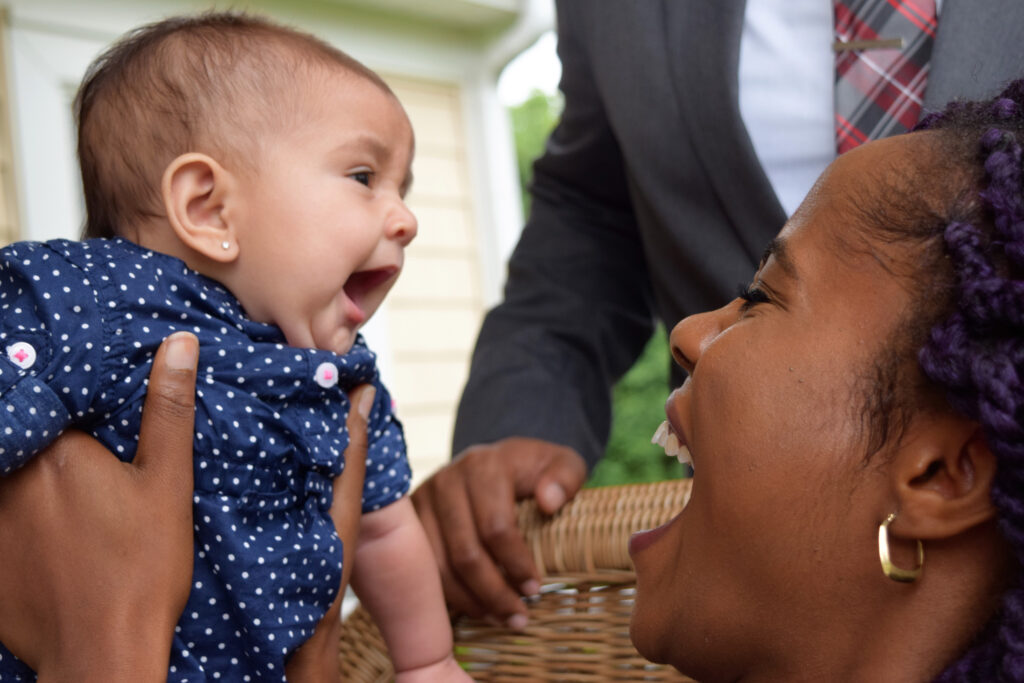
Mirror Neurons: The Imitation Science Mirror neurons are certain brain cells that allow people to imitate the behaviors, emotions, and facial expressions of other people. According to research, newborns may mimic the motions and facial expressions of their caregivers because they have mirror neurons. Babies pick up social skills and communication development through watching and copying the actions of those around them, which includes mirroring conduct. By using interactive facial expressions, gestures, and vocalizations that encourage newborns to imitate and learn, caregivers can take advantage of this phenomenon. Your baby will laugh and imitate you if you smile, make funny expressions, or stick out your tongue, for example, which will encourage social interaction and communication abilities.
Environmental Cues: Adapting to Your Environment Because they are so sensitive to their surroundings, babies’ behavior and speech are greatly influenced by environmental cues. A baby’s disposition and degree of attentiveness can be affected by changes in illumination, temperature, noise level, and familiar surroundings. For example, a baby may become overstimulated by bright lights and loud noises, but they may find calmness in soft lighting and soothing music. In order to ensure their baby’s comfort and wellbeing, caregivers should be aware of the surroundings and make appropriate adjustments. This could entail developing a relaxing evening ritual, offering a secure and engaging play space, or setting up reliable cues for eating and sleeping. Furthermore, exposing infants to a variety of stimuli can enhance their sensory experiences and promote growth. Examples of these stimuli include music, bright toys, and sounds from the outside. Caregivers can foster a compassionate and supportive atmosphere that promotes their baby’s general growth and well-being by carefully observing their baby’s environmental cues and responding accordingly.
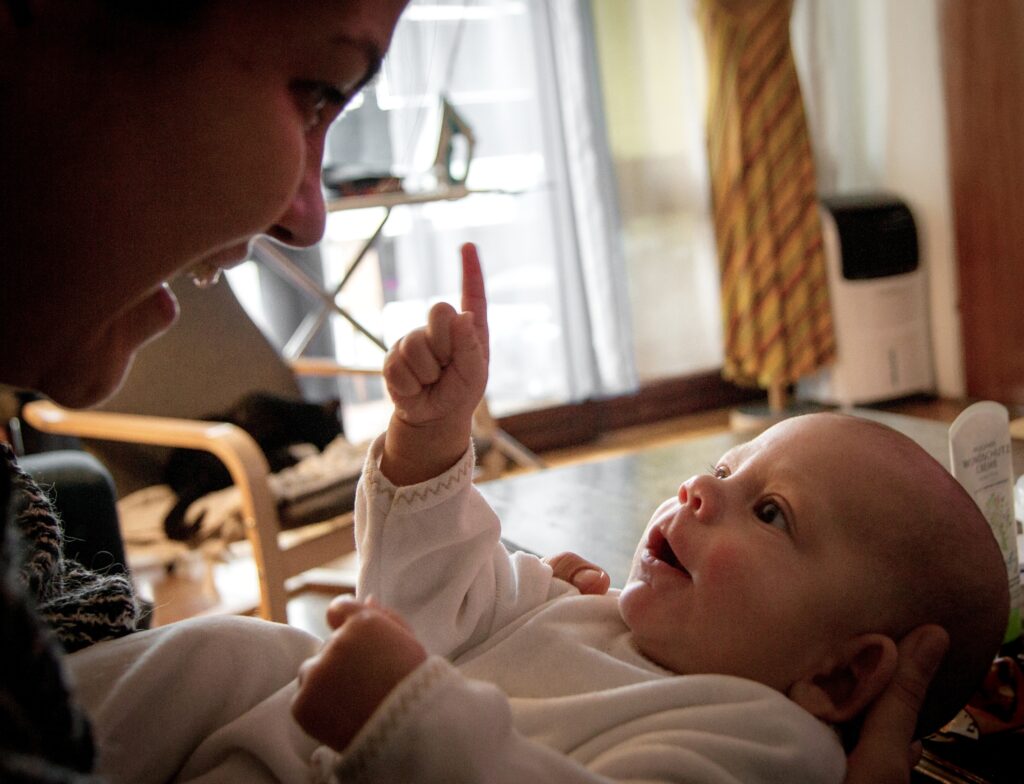
In conclusion, learning how babies communicate is a complex process that calls for tolerance, focus, and empathy. Caregivers can establish deep ties with their infants and promote their healthy development by identifying and responding to their cues. Every exchange, whether it’s through delightful babbling sessions, body language interpretation, or cries deciphered, adds to the rich fabric of baby communication. In order to nurture love, stability, and connection in our children from an early age, it is our responsibility as caregivers to do more than simply listen to them; we must also learn their language.

